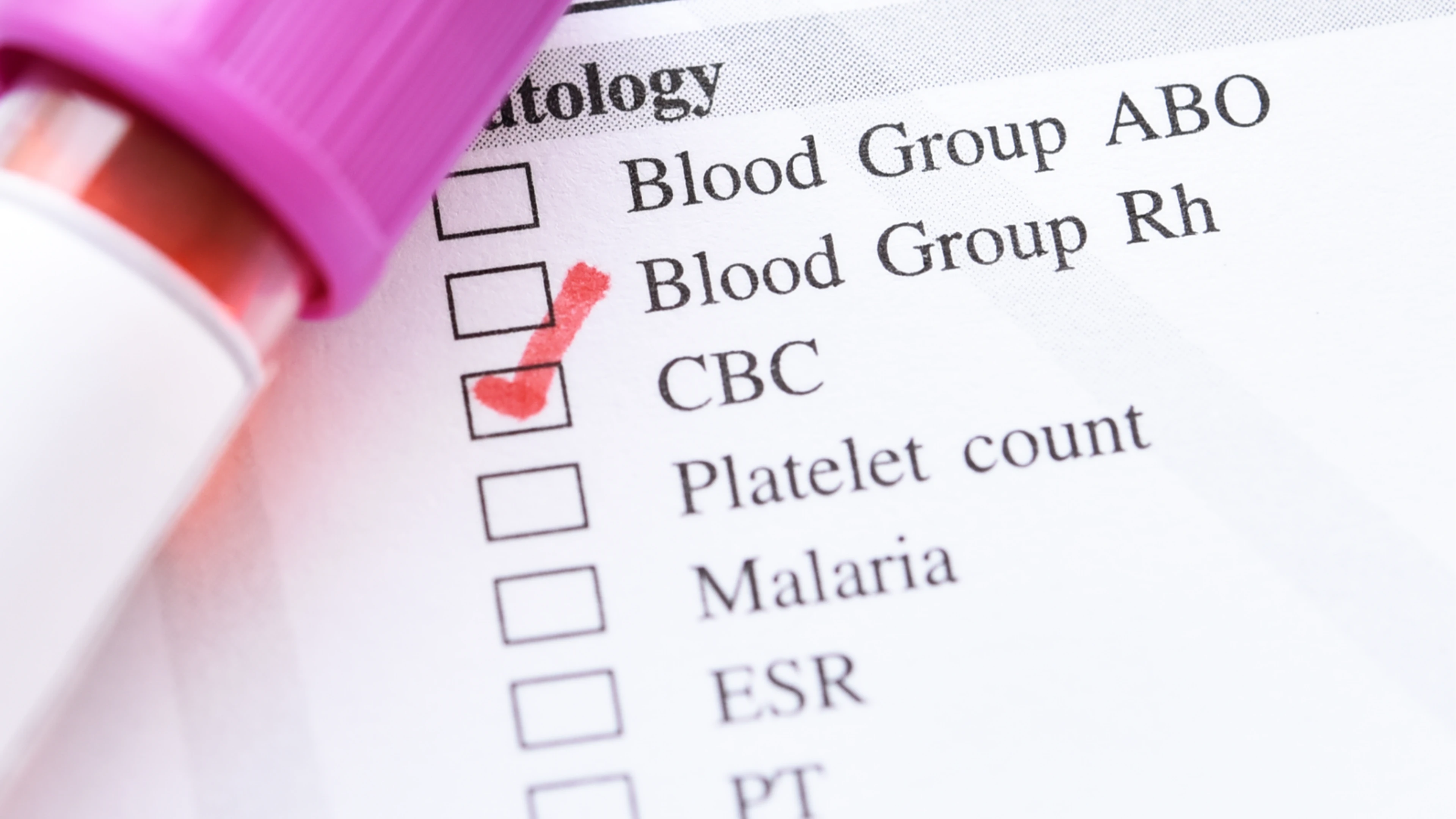
The burden and Risk of Exacerbations in COPD according to Dr. Surya Bhatt
Chronic Obstructive Pulmonary Disease (COPD) is a major health concern globally, with a significant impact on the quality of life and life expectancy of affected individuals. Surya Bhatt, a distinguished professor of medicine at the University of Alabama at Birmingham and a COPD researcher, provides valuable insights into the progression and management of this disease. This article will delve into key aspects of COPD exacerbations, drawing on the expertise of Dr. Bhatt to enhance our understanding.



%20image.webp)



_COPD.png)
_COPD.png)